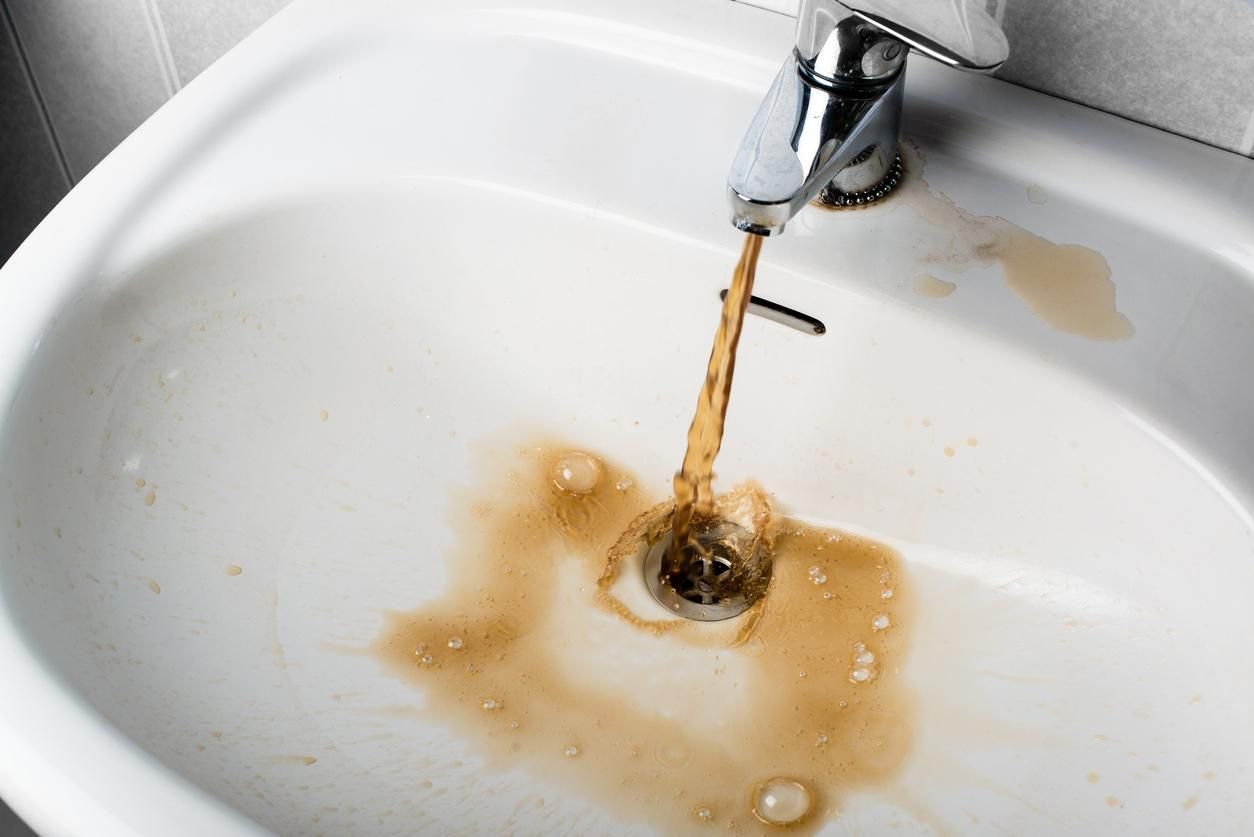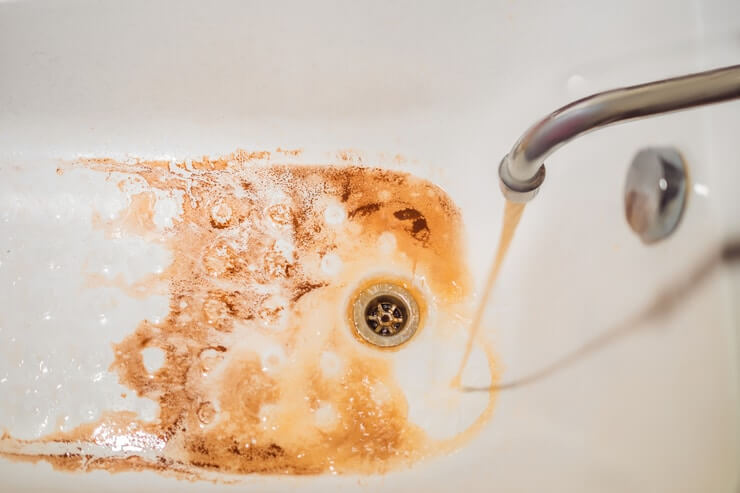New A/C Installation Gloversville: Ready for relief from the heat?
Hey there, Gloversville residents! We know how scorching the summer days can be over here, and also how often you might have thought about, “I must get an air conditioning (A/C) system installed soon”. It’s time you turn those thoughts into action. We’re here to guide you through the process of New A/C Installation Gloversville.
Why install a new A/C in Gloversville?
You might be wondering, “Why do I need a new A/C?” Well, here’s a rhetorical question for you: Do you really want to sweat all summer long when there’s an effective solution within your reach? Having an A/C system not only provides relief from the heat, but it can also improve your home’s air quality and increase its value. It’s like turning a desert into an oasis – in your very own living room!
Choosing the right A/C for your home
Just like no two homes are the same, all A/C units are not created equal either. You wouldn’t want to get an oversized sweater for a tiny puppy, would you? The same principle applies here. If you choose the wrong size of A/C for your home, you could end up wasting energy and money.
What to expect from New A/C Installation Gloversville
Okay, so you’ve decided to install a new A/C. You’ve chosen the model that suits your home best. Now, what’s this process going to look like? What should you expect? It’s not as daunting as climbing a mountain, we promise. Instead, it’s more like setting up a new appliance – an expert will come to your home, assess the best location for the unit, install it, and then make sure it’s working properly. Easy peasy, right?
Getting the Installation done Right
Now, let’s get into the meat and potatoes of the topic: hiring the right professionals for your new A/C Installation in Gloversville. After all, you should leave such an important task to trained technicians who know what they’re doing, right? Choosing a qualified, experienced crew isn’t just smart – it’s like climbing a ladder with all rungs in place. It’s the safest bet, and it will ensure the longevity and efficiency of your new cooling system.
Wrapping it up!
Let’s rephrase everything in a nutshell: If you want to beat the Gloversville heat and enjoy refreshing, cool air, a new A/C installation is the way to go. Choose the right A/C for your home, know what to expect during the installation, and hire the right professionals for the job. Just like a well-baked pie, everything has to fall into place for you to enjoy the perfect result – a comfortable, cool home.
Remember, folks! We’re talking about your home, your comfort, and your peace. So why wait any longer? It’s time for a new A/C installation in Gloversville. Let’s conquer the heat together!


